The Good, the Bad and the Ugly from our August trip to Madagascar:
The Bad: Prices remain stratospheric, roughly $450 per kilo. The crop is short, and quality is down sharply from last year.
The Ugly: Destructive harvesting and curing practices run rampant. U.S. and European vanilla extract manufacturers have generated a big market for poor quality vanilla beans in a dubious effort to cut costs.
The Good: Vanilla plantings are everywhere.
A big crop next year should lead to a significant price decline, which alone could resolve many of the destructive practices that plague the vanilla industry.
We’ve predicted falling prices every year since the vanilla bean crisis began in 2016. These forecasts haven’t panned out yet.
But high prices have induced massive vanilla plantings in Madagascar, the dominant global supplier,and in Uganda, Papua New Guinea, Indonesia and elsewhere. Panic buying has disappeared and global sellers are getting aggressive.
Current Market:
There is no inexpensive vanilla right now in Madagascar. Prices for green beans ranged from $55 to $62 a kilo and up.
We estimate that 40 percent of the 2019 Madagascar pure vanilla crop was picked too early. Unripe beans lack flavor and mold easily. We don’t buy them.
Vanilla farmers are propping up prices by keeping their green beans to cure themselves. This strategy helps farmers capture more value from their vanilla crop, and we applaud it.
Somebody, by the way, is also buying large quantities of vanilla stolen from farmers, virtually all of it seriously immature.
Another less savory factor are the bush middlemen known as “collectors.” Easily spotted by their flashy clothes and shiny 4x4’s, collectors buy beans from farmers to sell to local exporters.
Some collectors work for large exporters. Some speculate on their own behalf. Some do both, and they’ve made a lot of money over the last few years on surging vanilla prices. If you see a cement mansion in a village and ask who owns it, you’ll almost inevitably hear, “a collector.”
The collectors have cash and bought heavily in the green market, on speculation that the market for finished cured beans will stay high. They also help drive the market for immature beans.
Somebody, by the way, is also buying large quantities of vanilla stolen from farmers, virtually all of it seriously immature.
2019 Crop is Short and of Poor Quality
The biggest factor supporting prices is this year’s short crop, down an estimated 40 percent from last year, to about 1,300 metric tons.
Wet, cold weather delayed blossoming. Harvest should have been delayed accordingly to allow the beans to ripen the required minimum of 9 months.
Instead, farmers picked early, because they had buyers. Farmers picked so much of their crop before the official July 15 opening that some villages did not even hold green-vanilla markets.
Madagascar’s new government also caved to demands from large “quick-cure” exporters (who can disguise awful beans) to accelerate the official harvest day from July 30 to July 15, all but ensuring that unripe vanilla would flood the market.




Our Strategy
We work directly with a local Malagasy vanilla curer and our affiliated organic village farmer cooperatives. These farmers use cultivation practices certified under the organic protocol. We do not use collectors.
We bought a substantial quantity of fully mature green vanilla beans from our affiliated villages that our Malagasy partner will cure. This will ensure our supply of organic vanilla through the end of this year.
We also bought farmer-cured beans, known as “vrac,” a partially cured product that our Malagasy partner will finish curing. This is high-quality vanilla from the fully mature 2018 crop.
We want to ensure that we secure the best of this vanilla before it gets mixed in with this year’s much poorer crop.
Beware Cheap Vanilla
Madagascar is famous for producing gorgeous vanilla beans using traditional, labor-intensive practices that nobody on the planet can duplicate.
But the real growth market in Madagascar right now is for the poorest quality vanilla, known in the trade as “quick cure” and “cuts.” Cuts get their name as the short, weak beans that are “cut,” or discarded, from a normal harvest. Quick cure bean are chopped, which completely disguises their quality and origin, and heated in ovens, curing over an absurd two days with minimal sun, contrasted to a traditional sun cure of three to four months.
This absolute junk is selling for nearly $400 a kilo, some of it so awful that it’s “pure vanilla” in name only. Overseas vanilla extract manufacturers are buying so much of this bad vanilla that it’s almost as expensive as good quality beans.
Madagascar is famous for producing gorgeous vanilla beans using traditional, labor-intensive practices that nobody on the planet can duplicate.
Cuts and quick-cure beans have low vanillin content and produce a decidedly inferior vanilla. The extracts made from them nonetheless still fall technically under the legal term “pure vanilla.”
You can make a lot of money extracting bad vanilla and selling it at full price in an expensive market. Our Dad, the late Raymond R. Lochhead, made it a strict rule never to buy cuts. It was a smart policy and still is. We don’t buy quick-cure or cuts, period.





Big Crop Expected in 2020
Drive anywhere in the bush, and you’ll see acres of vanilla vines.
Vast new vanilla plantings in Madagascar and other regions are expected to deliver a big crop next year. We heard projections as high as 2,500 metric tons just in Madagascar, rising as high as 4,000 metric tons in two or three years.
With global demand at 2,700 to 3,000 metric tons in a “normal” year, that would lead to a surplus and crashing prices.
Cyclones or other misfortunes certainly could reduce volume next year, as weather did this year, but large Madagascar exporters are anticipating a price drop. Some expect a crash, others a soft landing, but either way, supply and demand may finally be reaching a new, lower equilibrium.
Any bumper crop would sell into depressed demand in the U.S. and Europe, where chronically high prices have shrunk the market for pure vanilla.
This message has not yet penetrated Madagascar, which has a definite island mentality when it comes to vanilla, but market forces cannot be ignored forever.
Any bumper crop would sell into depressed demand in the U.S. and Europe, where chronically high prices have shrunk the market for pure vanilla.
Quick Summary of Other Regions:
Uganda: Good quality vanilla beans have finally reached the market, but prices are equivalent to Madagascar.
Papua New Guinea: Mostly Tahitian vanilla, of significantly lower quality than Madagascar planifolia. Pricing is soft and negotiable.
Mexico: Extremely hot weather damaged the Mexican vanilla crop. Vanilla cultivation is small and struggling.
Indonesia: Prices are about $350 a kilo for whole beans but quality remains poor. Vanilla from Papua New Guinea is often mixed in with Indonesian beans.
That’s our best take. We are on the ground for you, our customers, to ensure you get the best quality vanilla at the best price. Call us any time. We love to talk vanilla.
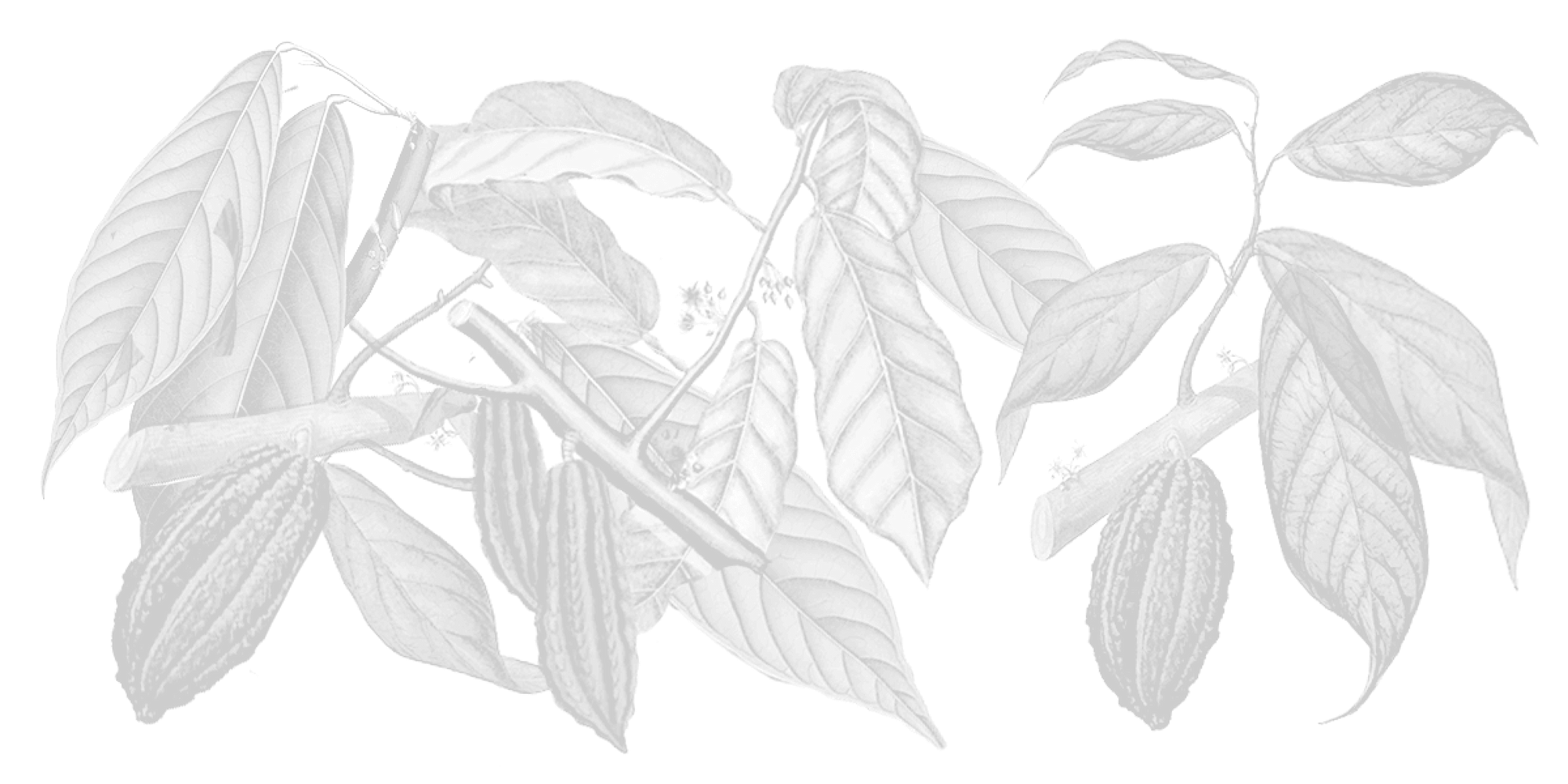
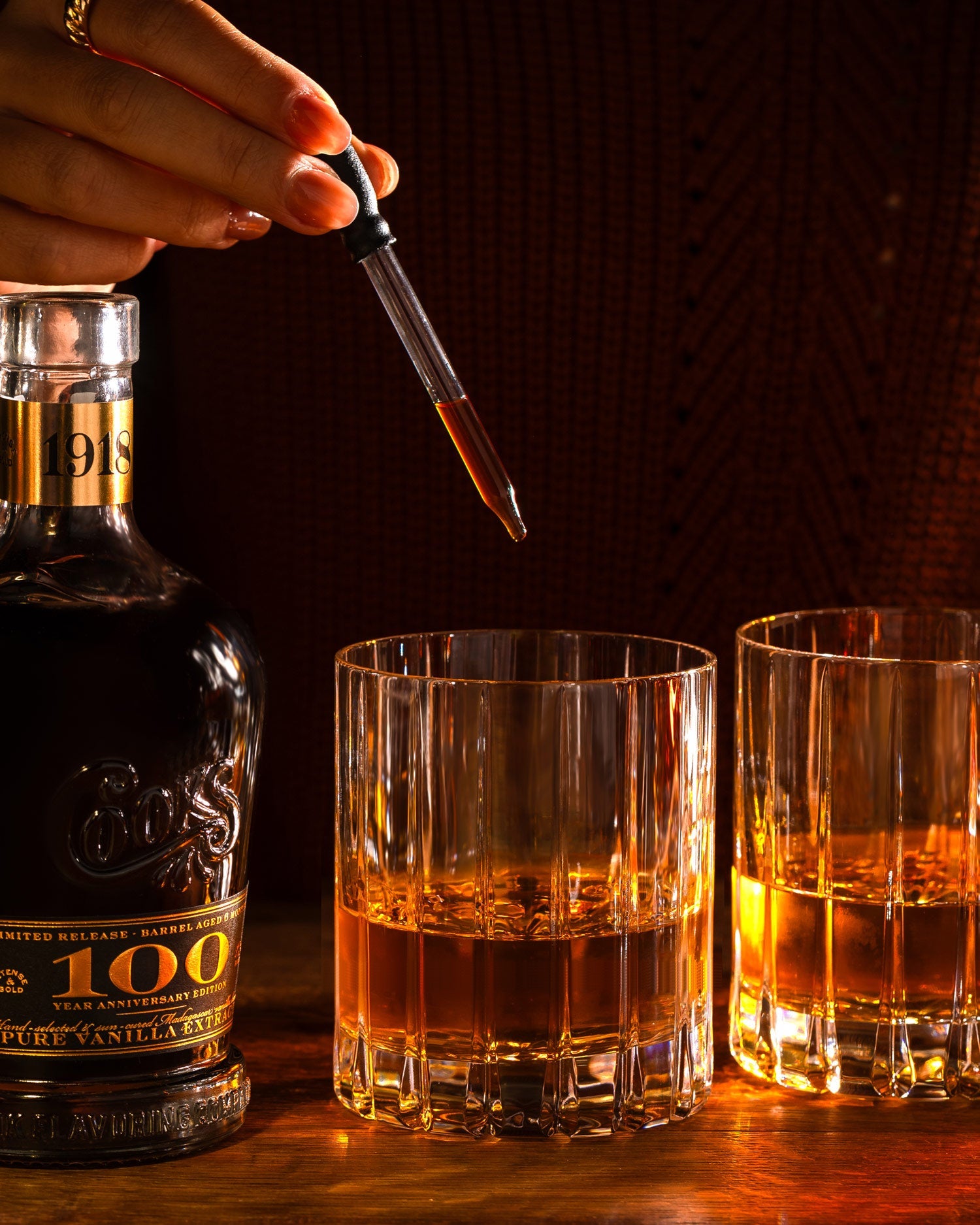

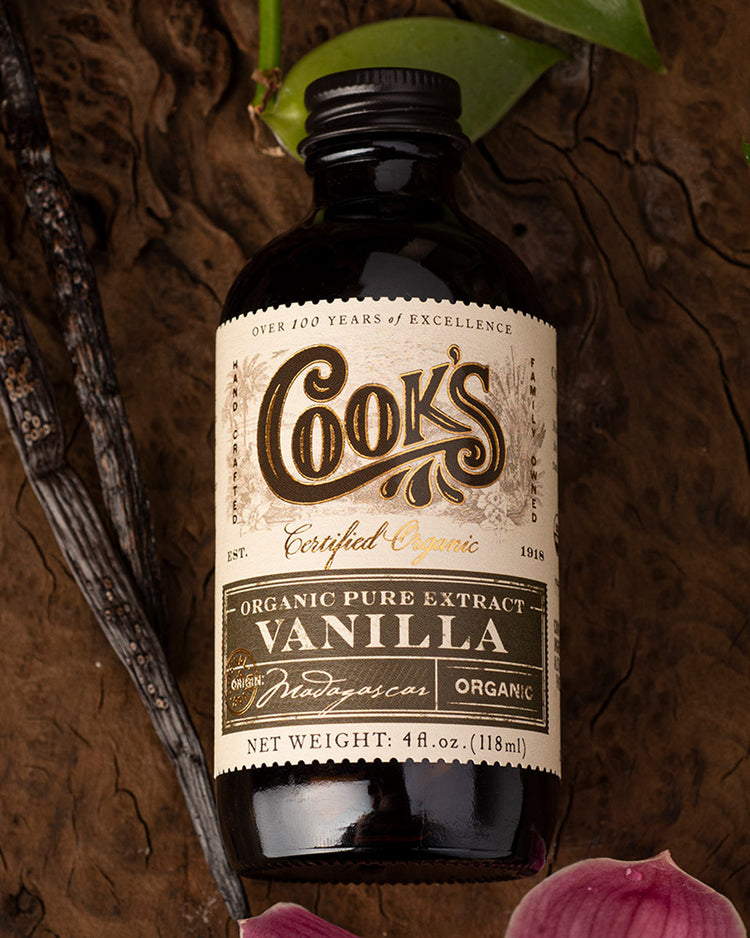
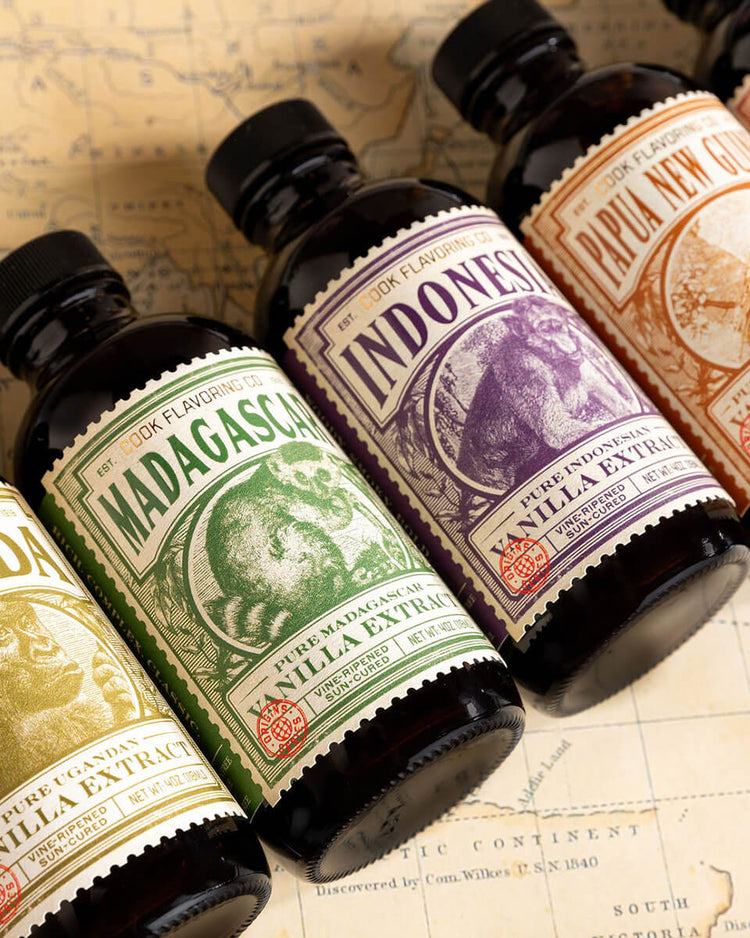


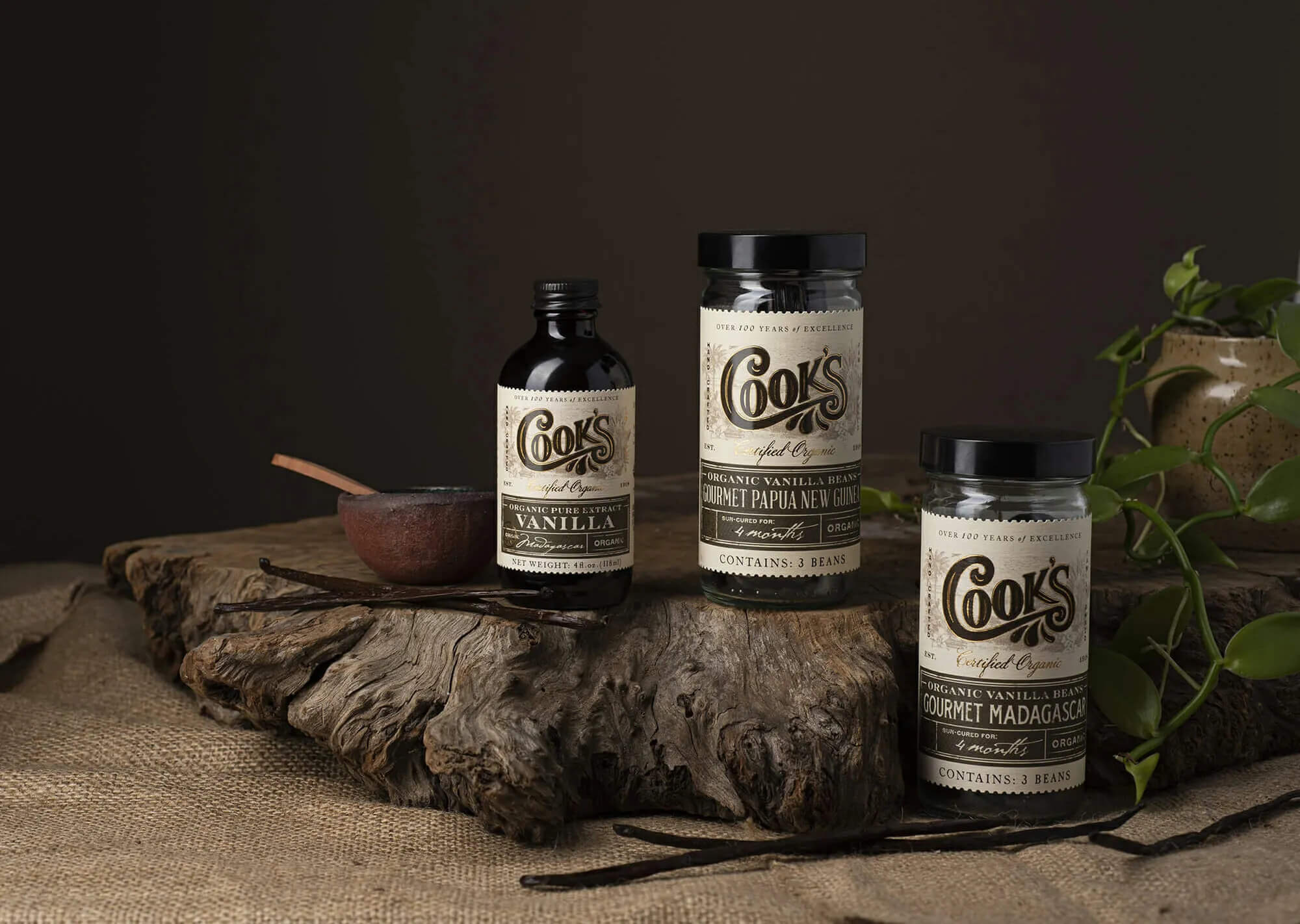
Comments